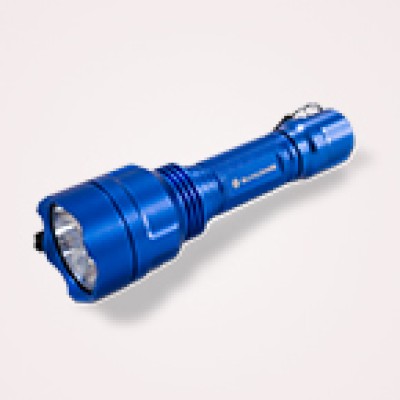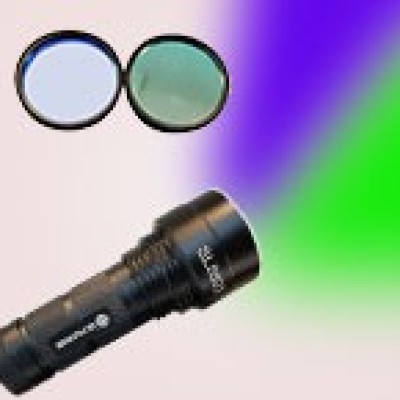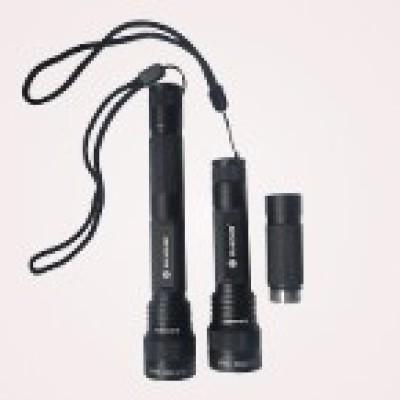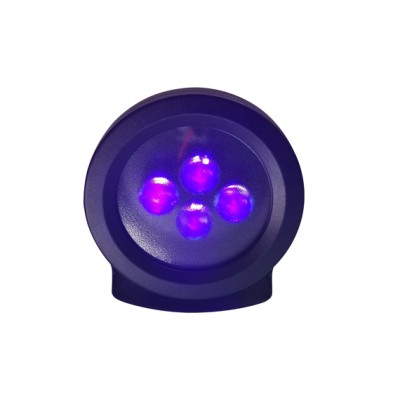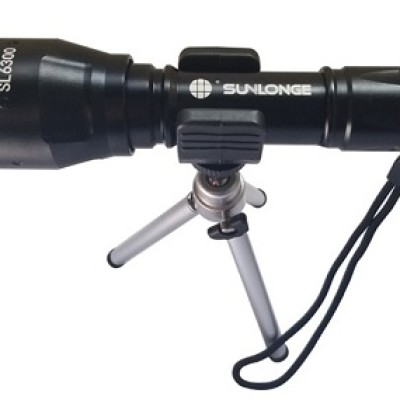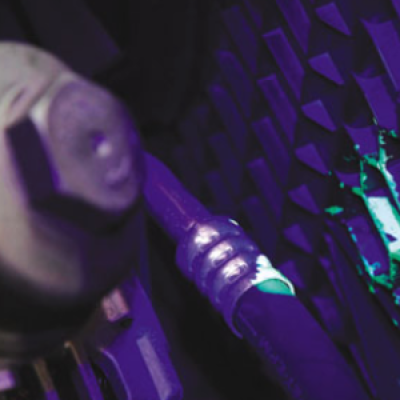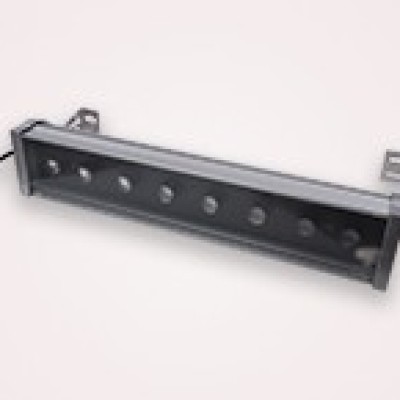Introduction
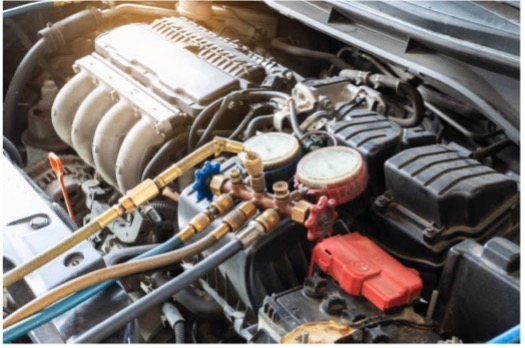
Have you ever experienced a leak in an AC system? If you notice a running air conditioner without any cooling effect, there could be a potential leak in the HVAC system. A leak might begin with a pinhole, which is probably invisible. However, without immediate diagnosis and proper repairment, it can result in a huge and irreversible problem. Not only affecting your own comfort and health, a leak can also trigger several environmental issues. Accordingly, leak detection becomes a critical process in the automobile industry. To efficiently identify the source of leaks, there are several methods of detection, for instance, soap bubbles (applying soapy water to the suspected location of leak and bubbling up), electronic leak detectors, and the most common way, UV dye (applying UV fluorescent dye to the system and the source will be highlighted with the use of a UV leak detection flashlight). Despite generating the same effect of detection, UV dye can provide you with the most cost-effective solution and guarantee an accurate result.
The Process of Leak Detection with UV Fluorescent Dye and UV Leak Detection Flashlight
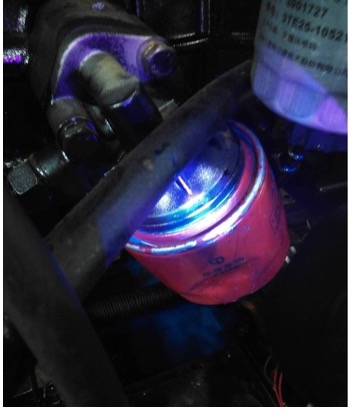
To begin with the leak detection, the vehicle has to be turned off. Technicians will then pop the hood, hang a manifold gauge at the top, screw the open end of the low pressure line (the blue one), onto the low pressure port in the engine bay and connect the high pressure line (the red one), to the high pressure port. To tighten and secure the connection, a number of knobs will be required on top of each coupling line. After the preparation works have been done, technicians will pull the yellow line out and carefully pour the UV dye into the open end. By attaching the yellow nozzle and the valve on the can of refrigerant and opening the knobs on the manifold gauge, technicians will start the vehicle and send the UV dye into the AC system.
After a successful injection of the UV fluorescent dye, a UV leak detection flashlight will be applied to locate the leak. Technicians will turn the light on and search through the engine bay, or even underneath the vehicle. The location of the leak should shine up instantly. However, if there is no any reaction even after ten minutes of searching, the AC system probably does not have a leak.
The Advantages of UV Fluorescent Dye and UV Leak Detection Flashlight
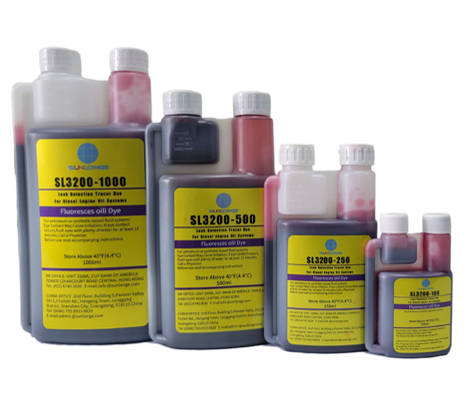
Among a number of other ways, UV dye carries a wide range of benefits, making it the most widely adopted approach in leak detection. Illustrating with the instance of the SL3200 Leak Detection Fluorescent Dye from Sunlonge, its intense white-yellow fluorescence allows it to be easily differentiated from the natural blue fluorescence in other oils. In addition, almost all the UV dyes on the marker are free of co-solvents, meaning that the dyes will not have any impact on the materials, including aluminum, metals, and plastics. At the same time, with the help of the SL6300 Adjustable UV Flashlight, technicians can effectively locate the intermittent and simultaneous leaks, which reduces the cost of labor and downtime.
The Potential Disadvantages of UV Fluorescent Dye
Despite having no significant disadvantages, the cleaning process of UV dye can be painful. Since the dye will get over the engine bay, it may take a relatively longer time. In most cases, technicians will use a damp rag or a specialized UV dye cleaner. Fortunately, with technological advancement, the dye nowadays can remain in the system, and will not cause any disturbance on the components or its performance.
Conclusion
In a world where mechanization is taking place and with a growing car ownership rate, the demand for leak detection has multiplied for decades. Compared with conventional methods, the application of UV fluorescent dye and UV leak detection flashlight has revolutionized the process of system maintenance. They have significantly lowered the cost of testing in diverse fields, for example, detecting leaks in sewage systems, illegal sewer connections, and monitoring water flow and mapping. Thanks to the launch of these measures, countless systems can operate productively and contribute to our daily lives and diverse development.
 CN
CN

